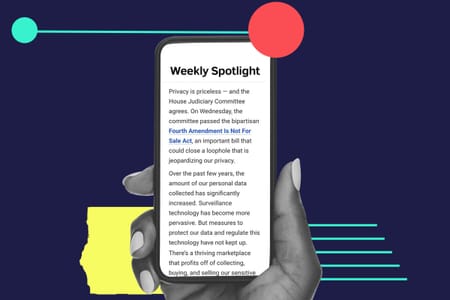Neil Gordon
Author

The number of individuals holding federal government security clearances continues to drop, according to a new report by the Office of the Director of National Intelligence (ODNI). According to the analysis, slightly more than 4 million government employees and contractors held clearances for access to classified information in fiscal year 2016, a 4 percent decrease from the previous year, and a 20 percent decrease from the peak of 5.1 million in FY 2013.
Two major events in 2013—the Edward Snowden leaks and the Navy Yard mass shooting—combined with repeated instances of incomplete or fraudulent security background checks compelled the government to reduce the number of security clearances. But even as the number of clearances drops, the backlog of pending clearance investigations remains a problem. The report found that processing times for the longest cases increased at most agencies in FY 2016, and that there were more investigations pending for more than four months than in previous years.
Delays and backlogs have gotten worse since U.S. Investigations Services LLC (USIS)—the company that had screened and approved Snowden and Navy-Yard shooter Aaron Alexis—was given the heave-ho in 2014 after suffering a massive data breach. The company was also facing a fraud lawsuit accusing it of submitting thousands of background checks that were either incomplete or not properly reviewed—a lawsuit USIS and its parent company settled in 2015 for $30 million without admitting any fault or wrongdoing. USIS was the government’s key provider of background investigations.
According to the report, the intelligence agencies “are still negatively impacted by limited number of background investigators available.”
We were surprised ODNI withheld certain data this year that had been included in previous reports. Specifically, the report does not break down the number of clearances held by government employees versus contractors, nor does it identify agencies by name. Omitting this information prevents the public from digging deeper into the findings—just check out the Project On Government Oversight’s analysis of ODNI's FY 2015 report to get an idea of what’s been lost. (Extrapolating from past reports, we can estimate that roughly two-thirds to three-quarters of individuals holding federal security clearances in FY 2016—between 2.7 million and 3.1 million people—were government employees, and the rest were contractor employees.)
ODNI told the Federation of American Scientists it removed this information because it “might be of value to our adversaries.” Given that these particular statistics for earlier years are still publicly accessible—presumably without causing any harm to our national security—POGO isn’t buying the government’s explanation. We hope the Freedom of Information Act can pry this information loose.

Sent Saturdays
